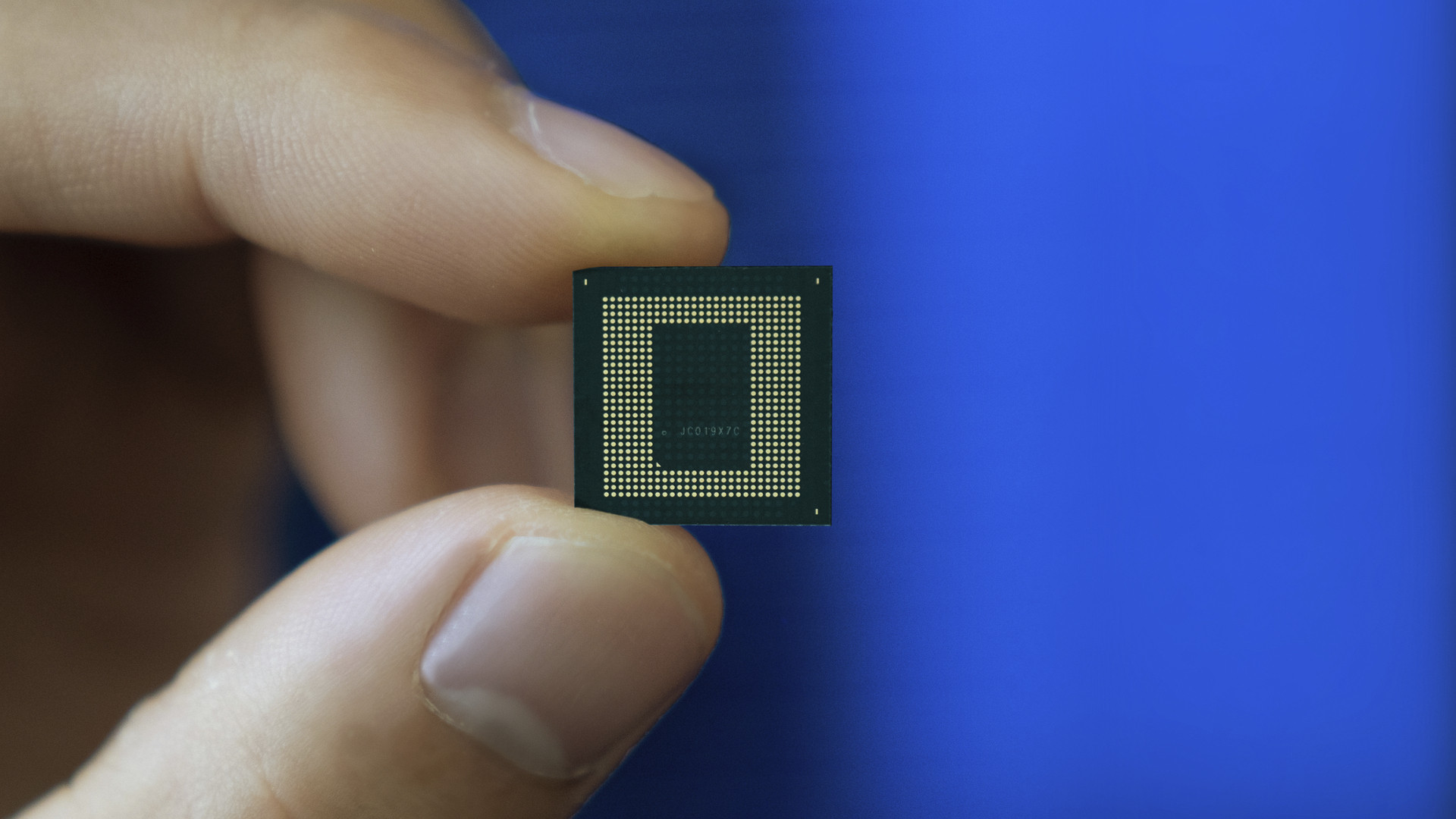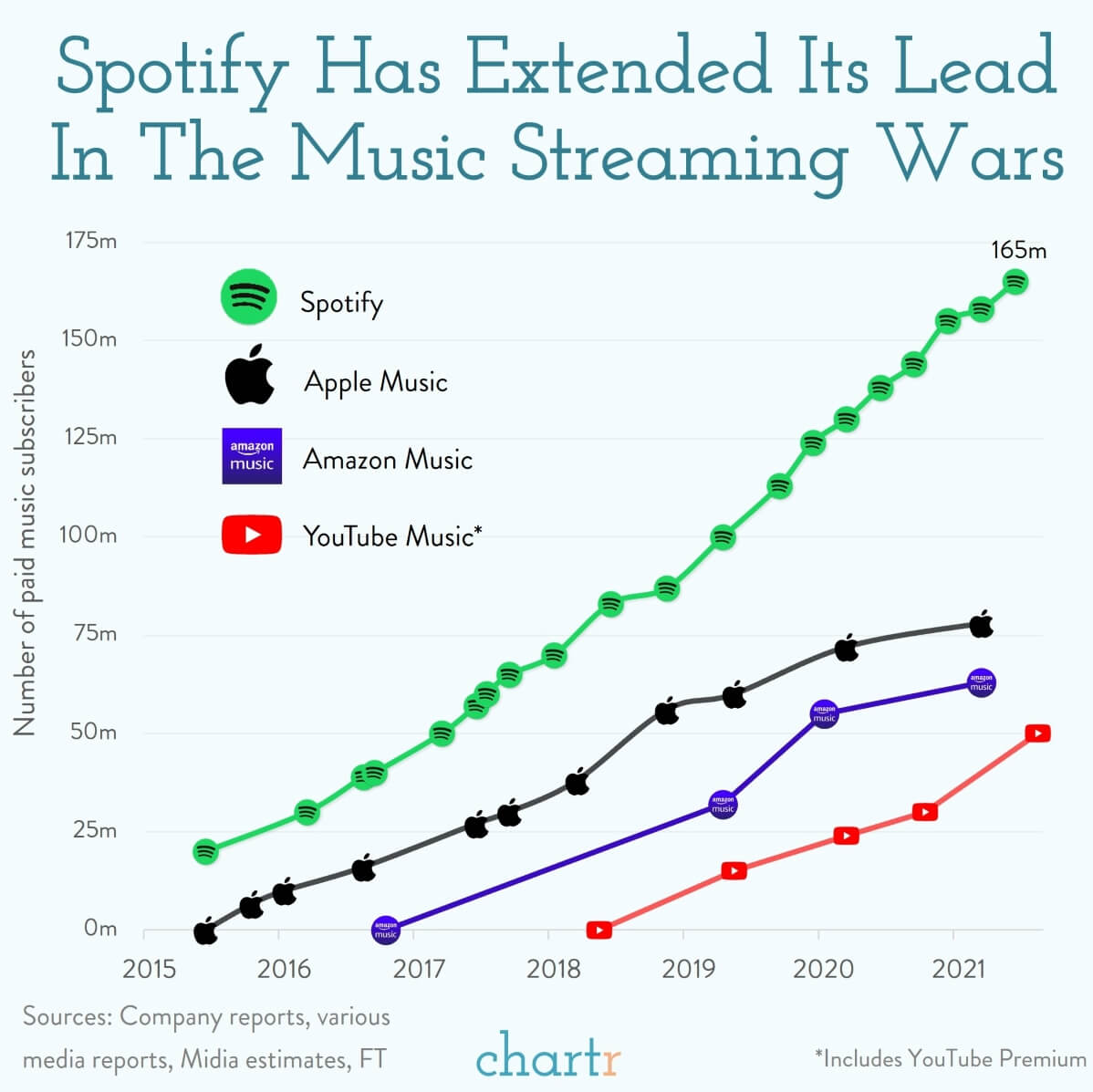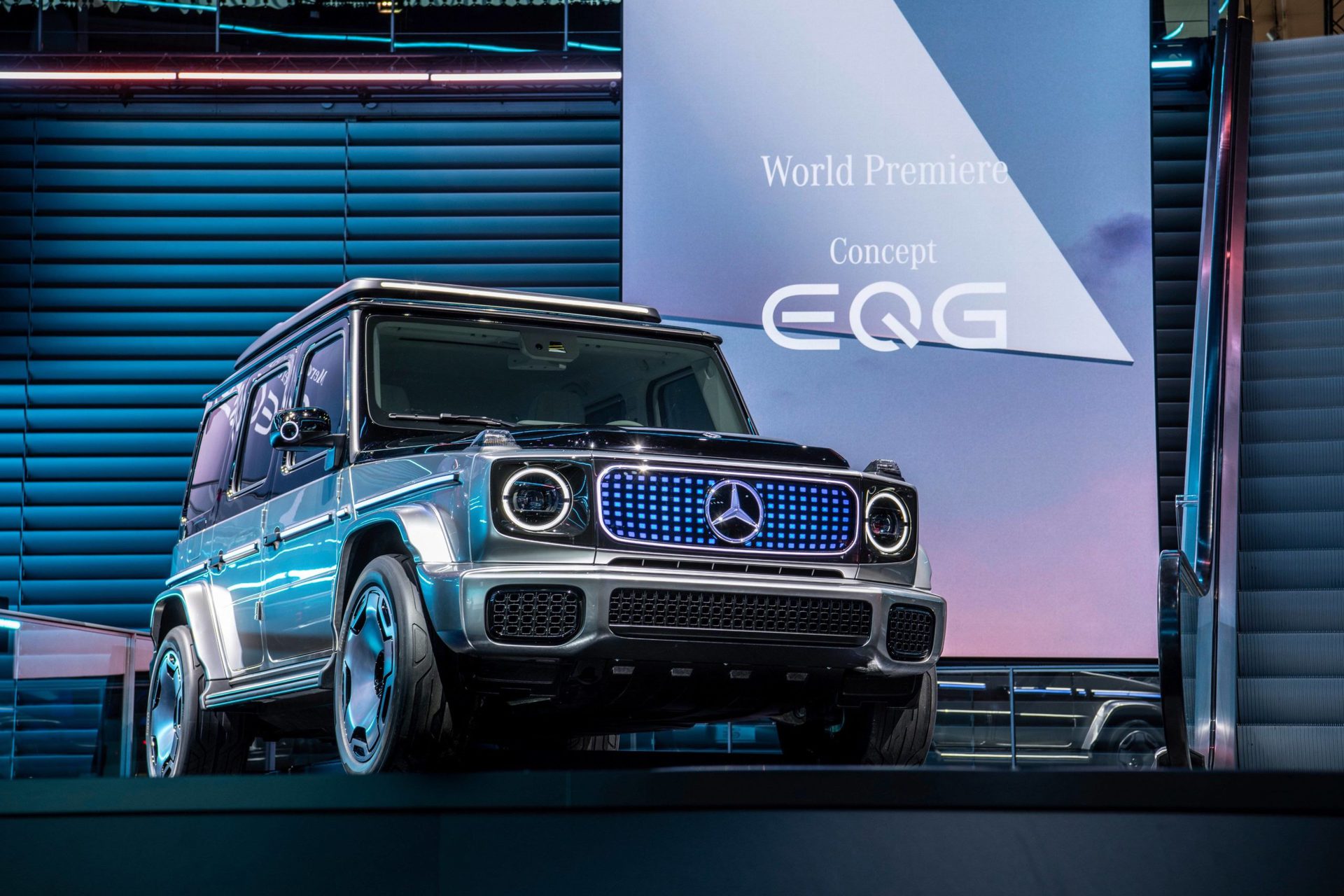Affiliate links on Android Authority may earn us a commission. Learn more.

It’s been coming all year. We learned on August 26th, via DigiTimes ($) reporting, that the biggest semiconductor wafer fabrication player, TSMC, was flagging a price hike in 2022 of up to 20%:
- “TSMC has notified clients of an about 10% price hike for its sub-16nm process manufacturing, with the new prices set to be effective starting 2022, according to sources at IC design houses.”
- Today, it’s another report adding confirmation, via Nikkei Asia: “Taiwanese semiconductor firm TSMC — the manufacturer of chipsets used by Apple, Qualcomm, and Nvidia — is set to hike its production fees by as much as 20% in 2022. The increase is reportedly due to several factors, from overwhelming demand and logistics to the race for smaller manufacturing processes. These pressures are being felt by other chipmakers, too.”
- Funnily enough, part of the decision by TSMC might be to avoid “double-booking,” where crafty chip clients “place orders for more chips than they actually need in hopes of securing production line space and support from contract chipmakers.”
- When that happens, uncertainty about actual demand develops, so there are reports it is being stamped out by just making it expensive to book fab space.
- Also: “The report also suggests that Qualcomm and MediaTek‘s cost of sales have ballooned by 60% and 64% between October 2020 and June 2021. This inflated cost, alongside the shortage, will likely have a knock-on effect for consumers, who may have to fork out even more for electronics.”
What that means:
- Dale Gai, research director of Counterpoint Research, told TheNikkei the following: “The net profit margin for smartphone makers excluding Apple is only about 5% to 10%. In that case, the rising chip costs will definitely push all the industry players to roll out higher-end handset models for next year to offset the cost impacts rather than focus on midrange or lower-end phones.”
- So, with higher costs in the absolute cut-throat world of mid-range and low-end devices, smartphone makers may turn to higher-spec devices where more margin is available.
- And that might hurt consumers of low-end devices.
- So, if it’s not shortages creating delays, it’s forcing decisions around the profitability of handset series.
- Once again the message seems to be: if you want something now, and you don’t like to take chances, you might need to get in soon…
- That said, at some point, there may be an oversupply as demand finds a normal? Maybe?
📈 MediaTek does it again: extends its lead over Qualcomm in chipset shipments, up to 43% market share from 35% in just three months, as Qualcomm’s share dropped, possibly due to the chip shortage (Android Authority).
⌚ Fossil inexplicably removes dozens of watch faces with its latest update (Android Authority).
🔒 WhatsApp is changing up age-old privacy settings for the better (Android Authority).
🍎 New Apple MagSafe charger spotted in FCC alongside four new phones, but details not super clear yet (The Verge).
🔊 LG’s portable Xboom 360 speaker brings its own light show (The Verge).
😬 ProtonMail under fire after giving authorities an activist’s IP address as it complied with Swiss laws (Engadget).
🎮 The truth behind China’s online gaming crackdown: Still straightforward to circumvent (Wired).
🛬 Microsoft Flight Simulator’s Top Gun expansion delayed to 2022, just like the movie (The Verge).
⛓ El Salvador becomes first country to adopt Bitcoin as an official currency, buying 200 Bitcoins yesterday to total 400 in holdings (The Verge).
🦆 Australian ducks can learn to swear and will call you a “bloody fool” if you’re not careful (CNET).
📚 The surprisingly big business of library e-books (New Yorker).
♟️ Chess is being reinvented by Twitch streamers and celebrities, who prefer new formats to stuffy tradition (Wired).
📅 See what the internet looked like on September 7, 2011 (neal.fun).
🧂 “ELI5: How is sea salt any different from industrial salt?” (r/explainlikeimfive).

- Spotify has continued its growth is the headline here.
- But that’s way less interesting than some other storylines out of this chat, as Lucas Shaw, an entertainment reporter for Bloomberg pointed out this week.
- Spotify isn’t big enough to just push around the music industry by itself. Apple Music, Amazon, and YouTube all manage to force competition. Accordingly, while Spotify has extended its lead over second place, its market share has remained about the same.
- Apple Music growth is slowing but it’s still a monster business for Apple.
- And getting people to pay for YouTube, a free service, has been a remarkable success: 50 million customers, bringing Alphabet a stack of revenue in the mix of subscription revenue and advertising.
- Not listed here: TIDAL, Pandora, Deezer.
- Meanwhile, in not-music-but-streaming talk, Nebula, the subscription-only streaming platform made by creators just received investment from CuriosityStream, valuing it at $50M or so. Not bad for a startup. The CEO of Nebula did an AMA on Reddit to discuss.
Cheers,
Tristan Rayner, Senior Editor

